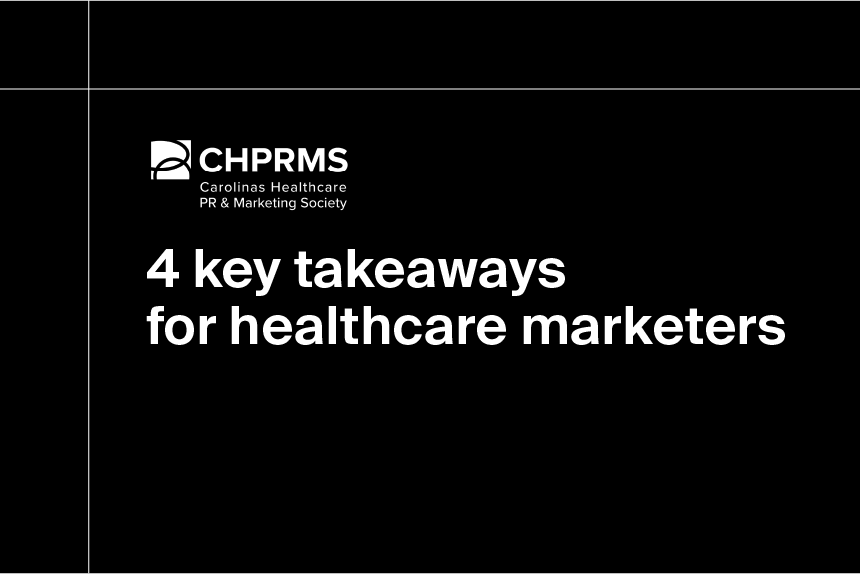With the third year of COVID-19 just around the corner, hospitals and healthcare providers remain locked in a labor crunch that likely won’t disappear in 2022.
It’s well-known that since the start of the pandemic, front-line healthcare workers have faced unprecedented stress and burnout. In fact, 80% of healthcare workers say that staff shortages have negatively affected their work safety and ability to meet patients’ needs.
Unfortunately, the problem will likely continue to worsen as the U.S. anticipates a shortage of between 37,800 and 124,000 physicians by 2032.
So how did we get here? And what are the factors driving this physician shortage? Let’s explore the four reasons:
- COVID-19 exposed existing vulnerabilities
- Population growth and aging are driving increased demand for healthcare
- The physician workforce is also reaching retirement age, constricting the supply of providers
- Physician burnout is an all-too-real problem, adding to the supply challenges
COVID-19 exposed existing vulnerabilities in the healthcare system
Concerns about a physician staffing shortage are not new. In 2019, just prior to the pandemic, a study projected that the U.S. would face significant healthcare worker shortages in the coming decade.
A full decade before that, the National Academy of Sciences projected a shortage of doctors, nurses and allied healthcare professionals within the oncology field.
In his recent testimony to Congress, Association of American Medical Colleges President and CEO David Skorton, MD., underscored the vital role physicians and other healthcare workers play in a nation whose healthcare infrastructure has been severely impacted by COVID-19. Alongside a list of strategies to address the provider staffing shortage problem, Skorton stressed the critical importance of having enough physicians to meet the country’s needs.
COVID-19 is likely to place added strain on healthcare providers across the country. And we’re already seeing healthcare workers across several specialties lose a significant number of providers.
The table below shows the ten healthcare specialties that have lost the most providers over 2021.
Top 10 healthcare specialties losing the most providers in 2021
Fig. 1: Analysis of data from Definitive Healthcare’s ClaimsMx and PhysicianView. Based on the number of providers billing each year (by primary specialty on medical claims). Data accessed January 2022.
From only the top 10 healthcare specialties, 27,160 healthcare workers left the industry in 2021.
Perhaps most concerning is that the number of nurses and nurse practitioners declined by 2,705 while the US healthcare system saw a 35% increase in demand for nurses and nurse practitioners, according to assessments from the 2021 Healthcare Staffing Summit.
It’s not all bad, though. The increased demand for nurses and nurse practitioners has created new employment opportunities for them, as the pandemic led to a shift in where patients receive care. Because more patients and older adults are pursuing care at home, the need for traveling nurses and healthcare workers specializing in chronic care has risen. The demand for more specialized nurses, however, may result in fewer nurses filling general positions or working in hospitals.
Staffing and recruiting companies will need to adapt their business strategies accordingly as the market changes. Interested in learning more? You can watch our webinar on how healthcare commercial intelligence can help you staff and recruit in a provider shortage.
Now that we’ve seen what the physician staffing shortage looks like, let’s dig into one of the contributing factors behind the problem to better understand what the future might hold.
Population growth and aging are driving increased demand
Thanks to advances in medicine, people are living longer overall. As the population continues to age, however, more patients over 65 will need healthcare to manage chronic conditions over a longer period of time than previous generations. As a result, demand for geriatricians and other specialists may rise and may mean there are fewer general care doctors available to serve the rest of the population.
Demographics data from AAMC reports project that the U.S. population will grow from 332 million in 2022 to 361 million in 2032. We can track how many older adults there may be by 2032 by using U.S. Census Bureau data.
Figure 2 Source: U.S. Census Bureau, 2018 National Population Projections.
According to the AAMC, roughly 73 million adults over the age of 65 will account for 42% of physician demand by 2032.
Because an aging population requires more specialized care, the AAMC has designated this problem as one of the top drivers of the staffing shortage.
The physician workforce is also reaching retirement age, constricting the supply of providers
While a growing population of older adults over the next decade may trigger a surge in demand for specialized physicians, age is equally a concern for the supply of active healthcare workers.
By using Definitive Healthcare data, we can see many workers across several specialties nearing retirement age or will near it within the next decade. This aligns with current projections from the AAMC, which states that at least 40% of active physicians will be age 65 or older.
Looking back at the healthcare specialties currently affected by staffing shortages, the table below shows that the situation is currently on track to worsen over the next ten years.
| Specialty | Avg. age of physician |
| Family Practice | 52 |
| Internal Medicine | 53 |
| Surgery | 56 |
| Anesthesiology | 53 |
| Nurse/Nurse Practitioner | 57 |
| Pediatric Medicine | 51 |
| Emergency Medicine | 50 |
| Psychiatry | 55 |
| Physician Assistant | 52 |
| Chiropractic | 61 |
The situation is even more concerning when we look at how many surgical specialties and other healthcare specialties have physicians near or above retirement age already.
Healthcare specialties with the highest physician average age
| Specialty | Avg. age of physician |
| Surgery - Oral | 66 |
| Optometry | 63 |
| Psychology - Clinical Psychologist | 63 |
| Surgery - Maxillofacial Surgery | 63 |
| Chiropractic | 61 |
| Surgery - Foot and Ankle | 61 |
Growing concern about physician burnout could suggest physicians may be more likely to accelerate, rather than delay, their retirement. Some physicians blame the strain and stress of COVID-19, according to respondents of a Doximity poll that indicated whether they were thinking about opting for early retirement.
Physician burnout is an all-too-real problem, adding to the supply challenges
While the aging population of patients and physicians paints an uncertain future of what healthcare might look like over the next decade, physician burnout is a much more immediate concern.
Make sure to come back next week as we conclude our exploration of the staffing shortage by digging further into the causes and impact of physician burnout. And to end on a positive note, we’ll also examine some of the strategies already being discussed that can manage or even solve the physician staffing shortage.
Looking for more tips and strategies to identify quality candidates in a physician shortage? Check out our recent webinar or listen to episode six of our podcast, Definitively Speaking.
Healthcare commercial intelligence can help hospitals and other healthcare organizations make strategic decisions on hiring, recruiting and technology to address and reduce the costly impact of burnout. Interested in learning more? Start a free trial today.




